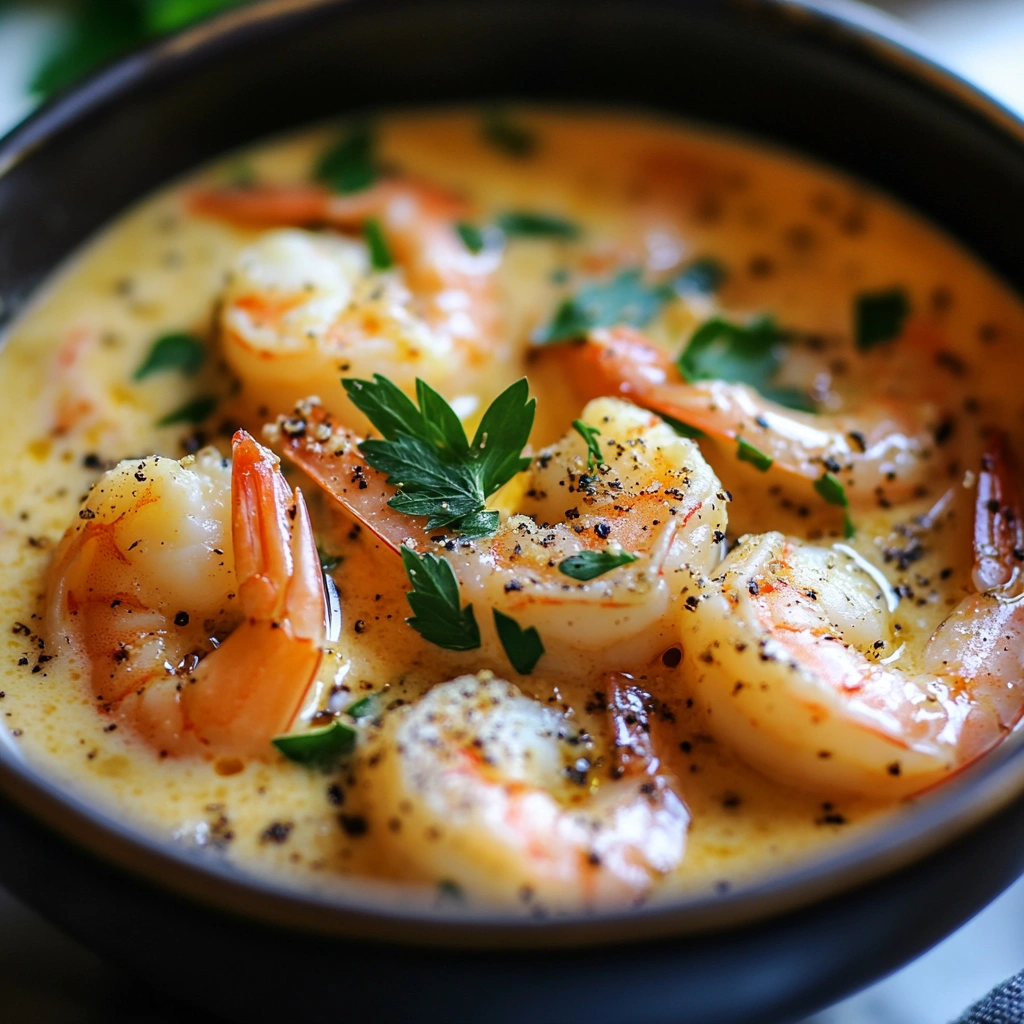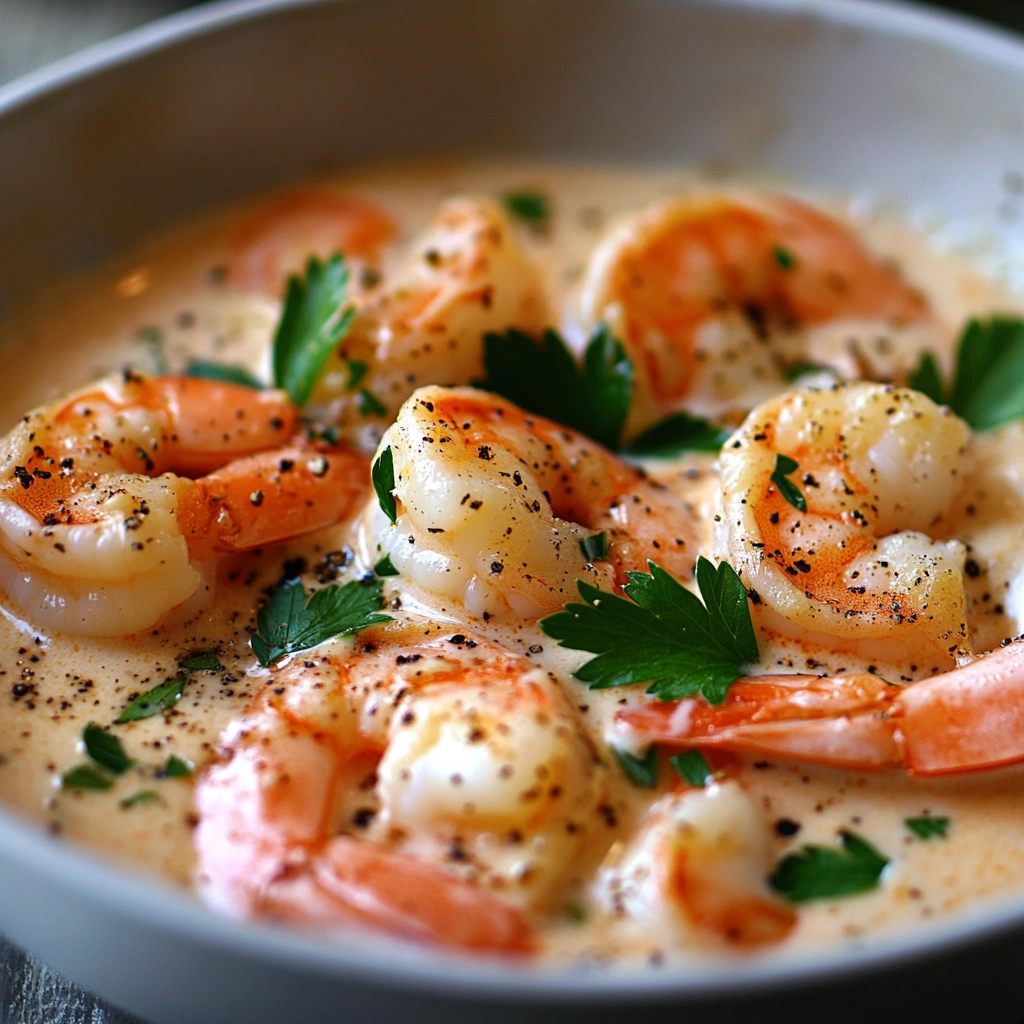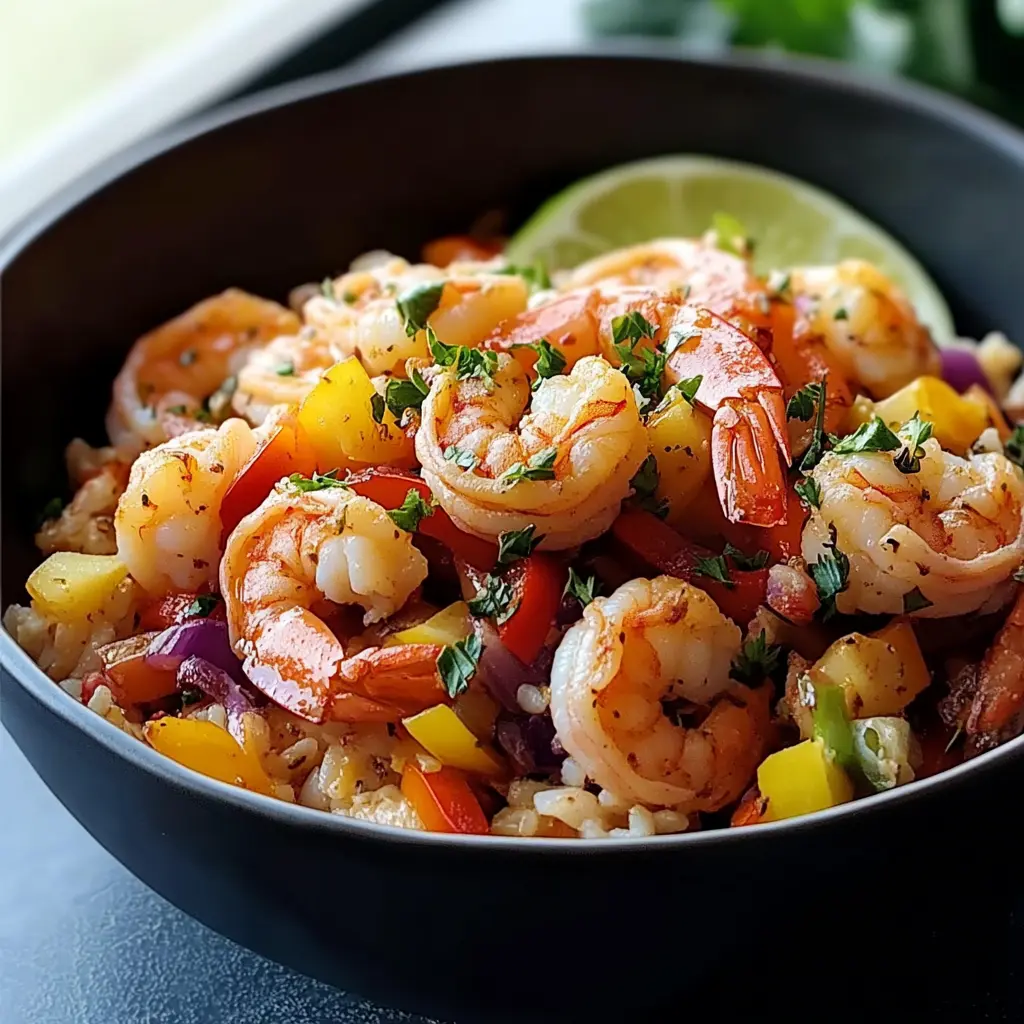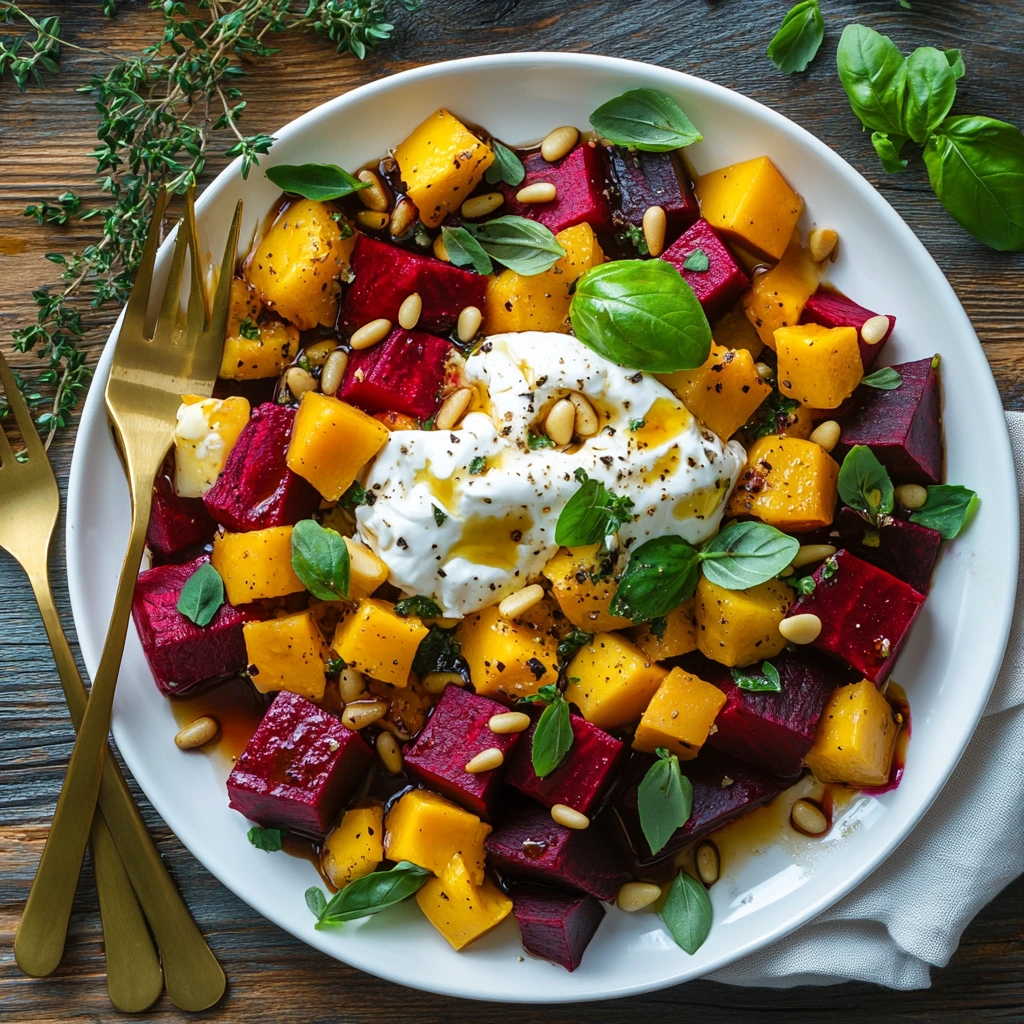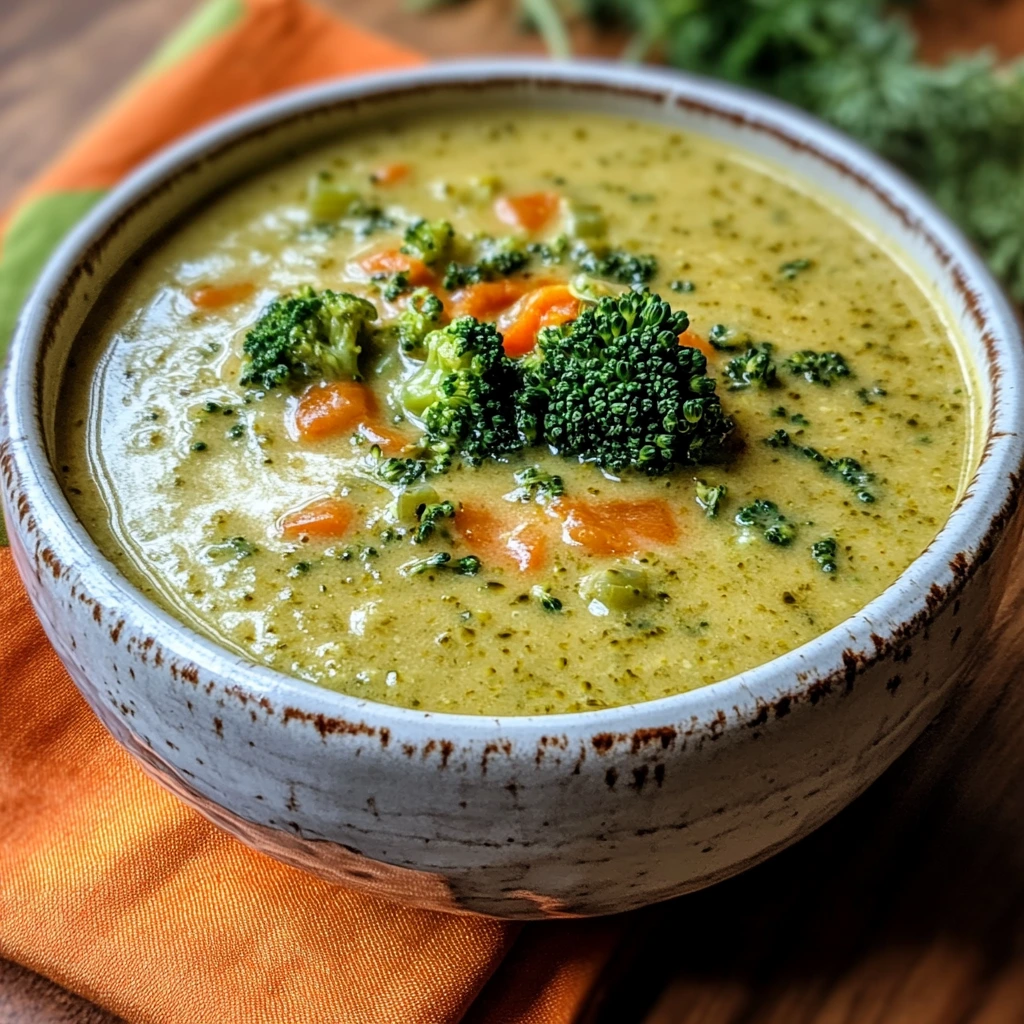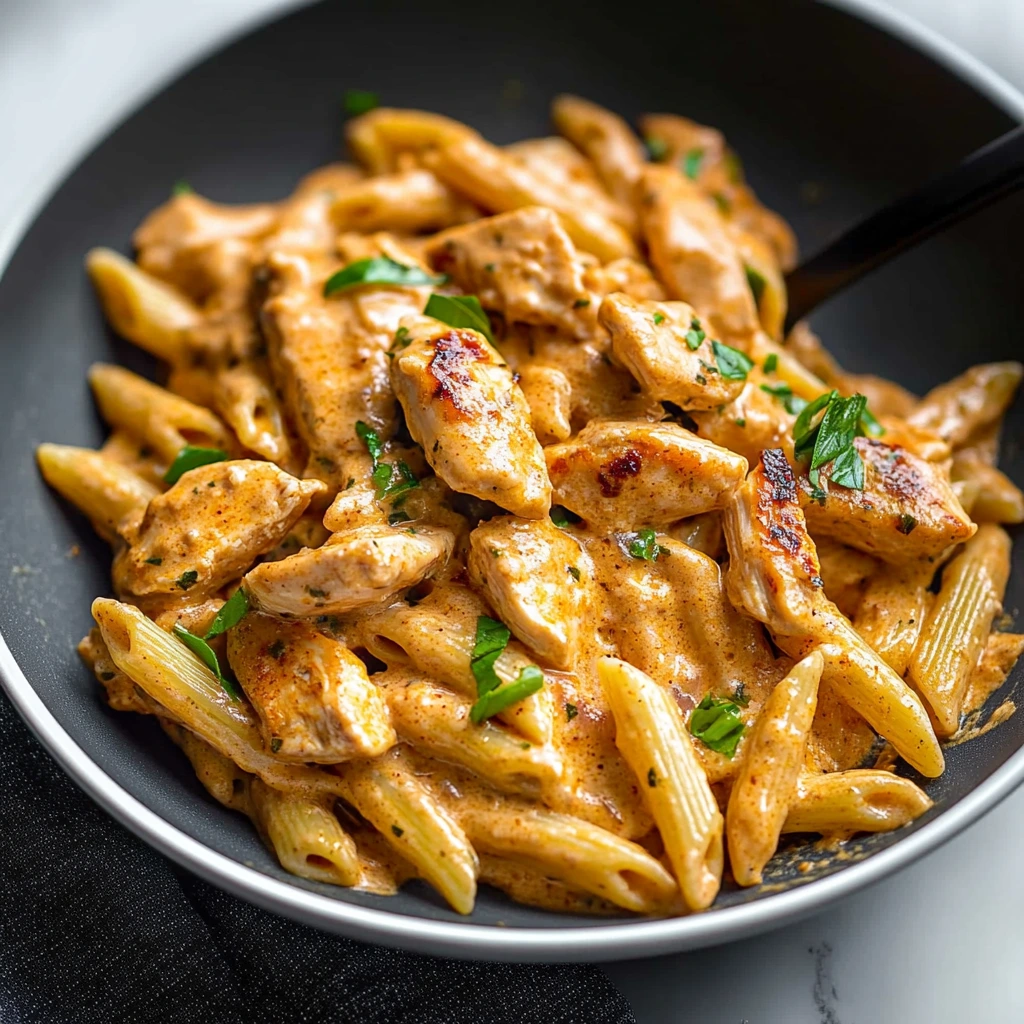Shrimp soup is the perfect marriage of lightness and flavor, offering a nourishing meal that satisfies both palate and health goals. This dish brings together succulent shrimp, fragrant aromatics, and nutrient-dense vegetables in a clear or lightly creamy broth that warms the body without weighing it down. Unlike heavier chowders or cream-laden bisques, a well-crafted healthy shrimp soup emphasizes lean protein, colorful produce, and herbs that support digestion and immunity. Whether you’re seeking a quick weeknight dinner, a post-workout replenisher, or a cozy comfort food that won’t derail your diet, this soup fits the bill. Over the course of this article, you’ll learn about the key health benefits of each ingredient, how to select and prepare shrimp for optimal texture, step-by-step cooking methods, and creative variations to suit any dietary preference. By the end, you’ll have everything you need to prepare a vibrant, health-focused shrimp soup that’s as versatile as it is delicious.
Nutritional Benefits of Shrimp and Soup Ingredients
Shrimp is renowned for its high-quality protein content—just 3 ounces delivers around 20 grams of lean protein—while remaining low in calories and saturated fat. This makes it ideal for muscle repair and weight management. Rich in iodine and selenium, shrimp supports thyroid function and antioxidant defenses, and its vitamin B12 content promotes healthy nerve and blood cell formation. Additionally, shrimp contains astaxanthin, a powerful antioxidant that may reduce inflammation and improve skin health.
The soup’s broth base, whether homemade seafood stock or low-sodium vegetable broth, provides essential electrolytes like potassium and sodium for hydration. When built from simmered shells and aromatics, seafood broth also yields collagen and trace minerals that support joint and gut health.
Incorporating garlic and ginger not only adds depth of flavor but also brings immune-boosting and anti-inflammatory properties. Vegetables such as carrots and celery supply dietary fiber, vitamins A and C, and phytonutrients that promote digestive regularity and antioxidant protection. Leafy greens like spinach or bok choy introduce iron, magnesium, and folate, further rounding out the soup’s nutrient profile.
Herbs—such as cilantro and parsley—offer micronutrients and phytochemicals linked to cardiovascular health, while a squeeze of citrus at the end delivers an extra dose of vitamin C and brightness. Together, these ingredients transform a simple soup into a balanced, nutrient-packed meal that supports overall wellness.
Essential Ingredients for Healthy Shrimp Soup
-
Shrimp: Choose wild-caught or responsibly farmed shrimp, shell-on if you plan to make your own broth or peeled and deveined for convenience. Opt for medium to large sizes (16–20 count) for the best bite-size texture.
-
Broth/Base: A clear seafood broth made from shrimp shells and fish bones is ideal; otherwise, a low-sodium vegetable or chicken broth works well. Aim for 4–6 cups to yield multiple servings.
-
Aromatics: Yellow or white onion, fresh garlic cloves, and peeled ginger slices form the flavor foundation. Sauté gently in a bit of olive oil to soften without browning.
-
Vegetables: Carrots and celery provide sweetness, crunch, and fiber. Mushrooms add umami; bell peppers boost vitamin C. Green vegetables—spinach, bok choy, or kale—should be stirred in at the end to retain color and nutrients.
-
Herbs & Spices: Fresh cilantro, parsley, or Thai basil deliver bright herbaceous notes. Ground turmeric or a pinch of crushed red pepper lends warmth and anti-inflammatory benefits. Sea salt and freshly ground black pepper adjust seasoning.
-
Healthy Fats: A drizzle of extra-virgin olive oil or a spoonful of coconut milk can enrich mouthfeel without resorting to heavy creams.
-
Citrus & Acid: Lime or lemon juice added just before serving balances richness and enhances flavor complexity.
Step-by-Step Recipe Method
-
Prep and Mise en Place (100 words)
-
Rinse shrimp under cold water, peel if needed, and remove veins. Pat dry with paper towels.
-
Peel and finely chop one medium onion, three garlic cloves, and a 1″ piece of ginger.
-
Trim and dice two carrots and two celery stalks into ¼″ pieces. Wash a handful of greens and roughly chop.
-
Gather herbs, spices, broth, and oils so everything is within arm’s reach.
-
-
Build the Broth (150 words)
-
Heat 1 tablespoon olive oil in a large pot over medium heat. Add onion, garlic, and ginger; sauté for 2–3 minutes until fragrant but not browned.
-
Stir in ½ teaspoon turmeric (optional) and cook for 30 seconds.
-
Pour in 4–6 cups of seafood or vegetable broth. Raise heat to high and bring just to a simmer. If using shells, add them now and simmer for 15 minutes before straining for a richer stock.
-
Skim any foam or impurities from the surface to keep the broth clear.
-
-
Cook Vegetables and Shrimp (150 words)
-
Add carrots and celery to the simmering broth. Cook for 5–7 minutes, until they begin to soften but still hold shape.
-
If using mushrooms or bell peppers, add them now and cook an additional 3 minutes.
-
Reduce heat to medium-low. Gently slide shrimp into the broth in a single layer. Cook for 2–3 minutes, stirring once; shrimp should turn opaque and curl into a loose C-shape. Avoid overcooking, which leads to rubbery texture.
-
-
Finish and Season (100 words)
-
Stir in chopped greens and cook for 1 minute until just wilted.
-
Remove pot from heat. Add chopped cilantro or parsley.
-
Season with salt and pepper to taste.
-
Squeeze in juice of half a lime and drizzle with a teaspoon of olive oil or coconut milk for added richness.
-
Ladle into warmed bowls and garnish with extra herbs and lime wedges.
-
Variations and Ingredient Substitutions
Transform this base soup to suit various diets:
-
Gluten-Free/Grain-Free: Skip noodles; stir in cooked quinoa or cauliflower rice for bulk.
-
Dairy-Free: Use coconut milk instead of dairy cream; go heavy on herbs and spices for richness.
-
Low-FODMAP: Replace onion and garlic with garlic-infused oil and the green parts of scallions.
-
Spicy Szechuan Twist: Add 1 tablespoon chili garlic sauce and a few dried Sichuan peppercorns with the aromatics.
-
Mediterranean Style: Swap in chopped tomatoes, kalamata olives, and a sprig of oregano; finish with feta crumbles.
-
Keto-Friendly: Omit starchy vegetables, add zucchini ribbons or shredded cabbage, and boost healthy fats with avocado slices.
-
Immune-Boosting: Stir in 1 teaspoon turmeric and a pinch of black pepper early; finish with grated fresh turmeric root and extra lemon.
-
Wedding Soup Variation: Add small turkey meatballs and mini pasta or orzo; finish with a handful of grated Parmesan.
-
Thai-Inspired: Use coconut milk base, add lemongrass stalks and kaffir lime leaves, and finish with Thai basil.
-
Quick Weeknight: Use pre-chopped veggies and frozen shrimp; cook everything in one pot in under 20 minutes.
Expert Cooking Tips for Perfect Texture and Flavor
-
Avoid Overcooking Shrimp: Slide shrimp into gently simmering broth; remove from heat as soon as they turn opaque. Carryover heat will finish cooking without toughness.
-
Layer Flavors: Sauté aromatics first, then bloom spices in oil before adding broth. Add herbs at the end to preserve their freshness.
-
Clarify Broth: Skim foam when you first bring broth to a simmer. For crystal-clear stock, strain through cheesecloth.
-
Balance Acidity: Brighten the soup with citrus or a splash of rice vinegar just before serving to cut through richness.
-
Customize Salt Levels: Use low-sodium broth and adjust salt at the end—shrimp and greens can concentrate saltiness as they cook.
Serving Suggestions and Pairings
-
Garnishes: Top each bowl with fresh cilantro or parsley, thinly sliced scallions, and lime wedges for an interactive finish. A drizzle of chili oil or flavored olive oil adds color and heat.
-
Sides: Serve with crusty whole-grain baguette, gluten-free crackers, or a simple arugula salad dressed with lemon vinaigrette.
-
Rice or Noodles: Offer jasmine rice, rice noodles, or soba on the side for guests to customize texture and carb content.
-
Beverages: Pair with a crisp Sauvignon Blanc, a citrusy IPA, or iced green tea with mint for a refreshing complement.
-
Presentation: Use deep, wide bowls to show off colorful ingredients. Layer the shrimp and greens on top for visual appeal.
Storage, Reheating, and Meal-Prep Strategies
-
Cooling and Storage: Let soup cool slightly, then transfer into airtight containers. Refrigerate for up to 3 days or freeze for up to 2 months.
-
Freezing Tips: For best texture, freeze broth and vegetables separately from shrimp; add fresh or thawed shrimp when reheating.
-
Reheating: Gently warm soup over low heat to avoid overcooking shrimp and wilting greens. If frozen, thaw overnight in the refrigerator before heating.
-
Make-Ahead Meal Prep: Portion out broth and chopped veggies in freezer-safe bags. On cooking day, thaw, simmer together, then add shrimp and greens.
-
Batch Cooking: Double the recipe and freeze in individual portions for grab-and-go lunches or quick dinners—just defrost and finish with fresh herbs and citrus.



